“Special Pandesal” has been added to your cart. View cart
Pork Dinuguan
$64.00 – $94.00
Dinuguan is a classic Filipino dish known for its rich and savory flavor. It is often referred to as “chocolate meat” due to its dark color, although it doesn’t contain chocolate. The main ingredient of dinuguan is pork, typically pork belly or shoulder, although other parts such as intestines or liver may also be used.
Description
Additional information
| Size |
Full Tray, Half Tray |
|---|
Reviews (0)
Be the first to review “Pork Dinuguan” Cancel reply
Shipping & Delivery
Related products
Beef Caldereta
$70.00 – $98.00
Inihaw Pork Ear
$60.00 – $92.00
Inihaw Pork Isaw
$60.00 – $92.00
Pork isaw is a popular Filipino street food made from pork intestines, specifically the lower part or the rectum portion of the pig's large intestine. These intestines are cleaned thoroughly, then skewered onto bamboo sticks and grilled over hot coals until they are cooked through and develop a slightly crispy exterior.
Lechon Roll
$95.00 – $198.00
Cabizerra's Lechon roll is a variation of the traditional Filipino dish, lechon, which is a whole roasted pig. In lechon roll, instead of roasting a whole pig, the meat is rolled and roasted with a filling, resulting in a flavorful and visually appealing dish. This is served with Sarsa and Atsara.
To make lechon roll, a boneless cut of pork belly or pork loin is typically used. The meat is marinated in a mixture of herbs, spices, and seasonings, which may include garlic, onions, lemongrass, soy sauce, and vinegar, among others. Sometimes, the meat is also rubbed with a paste made from ground herbs and spices for extra flavor.
Pancit Malabon
$60.00 – $70.00
Pancit Malabon is a popular Filipino noodle dish that originated in Malabon City, Philippines. It's known for its thick rice noodles (bihon) that are stir-fried with a flavorful sauce and topped with an array of seafood, meat, and vegetables.
Pancit Malabon is a festive and colorful dish, often served during special occasions and celebrations in the Philippines. Its combination of flavors and textures makes it a favorite among locals and visitors alike.
Pinoy Spaghetti
$60.00 – $70.00
Pinoy spaghetti is a Filipino version of spaghetti that has its own unique sweet and savory flavor profile. It's a popular dish in the Philippines, often served at parties, gatherings, and family meals. Pinoy spaghetti is usually sweeter than the Italian or Western-style spaghetti due to the addition of sugar or condensed milk. It's often served over cooked spaghetti noodles and topped with grated cheese, which adds a creamy and salty contrast to the sweetness of the sauce.
Pinoy spaghetti is enjoyed by people of all ages in the Philippines, and it's often considered a comfort food that evokes feelings of nostalgia and home. It's a delicious and comforting dish that reflects the Filipino palate's love for sweet and savory flavors.
Pritong Bangus
$60.00 – $90.00
"Pritong Bangus" is a Filipino dish consisting of fried milkfish. Bangus, also known as milkfish, is a popular fish in the Philippines due to its tender, flavorful flesh.
Pritong bangus is often served with a side of steamed rice and a dipping sauce made from vinegar, soy sauce, and chopped onions and chili peppers. It's a popular and satisfying dish enjoyed by many Filipinos for its crispy texture and delicious flavor.
Pritong Tilapia
$55.00 – $85.00
"Pritong Tilapia" is another Filipino dish, similar to "Pritong Bangus," but using tilapia fish instead. Tilapia is a freshwater fish that is widely consumed in many parts of the world due to its mild flavor and firm texture. To prepare pritong tilapia, the fish is usually cleaned and scaled, with the head, tail, and internal organs removed. It's then typically cut into slices or left whole, depending on personal preference and the size of the fish. It's a popular and budget-friendly dish in the Philippines, enjoyed for its crispy texture and mild, delicate flavor.



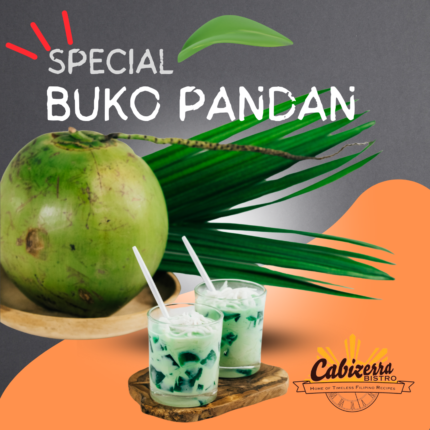
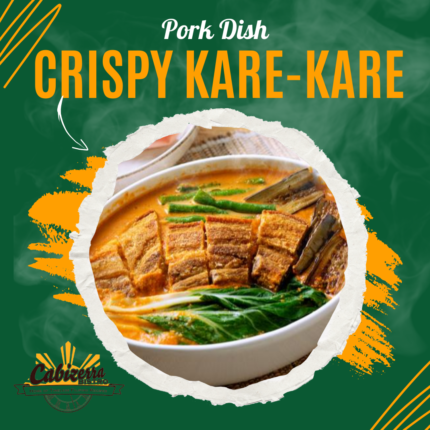
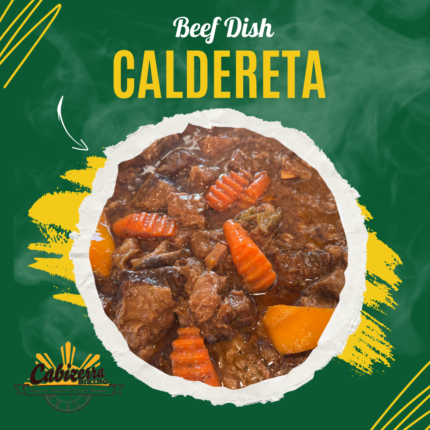

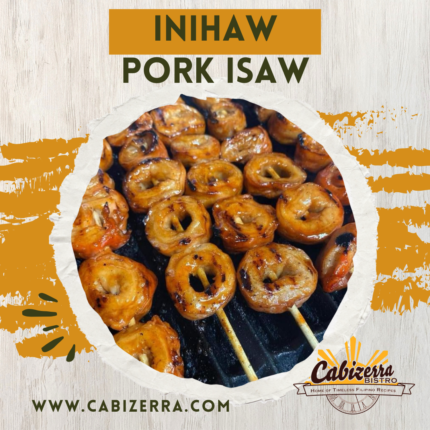
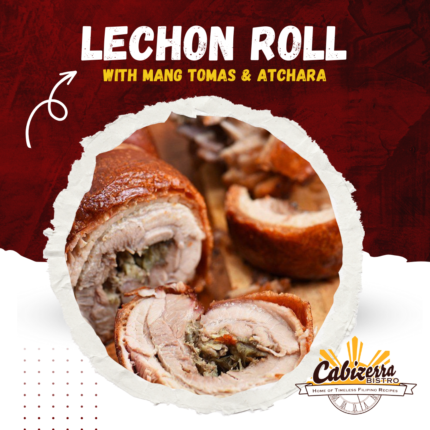
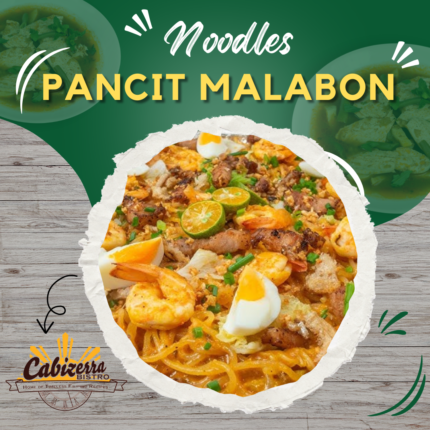

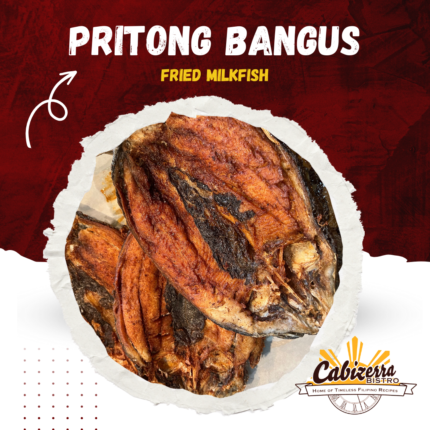
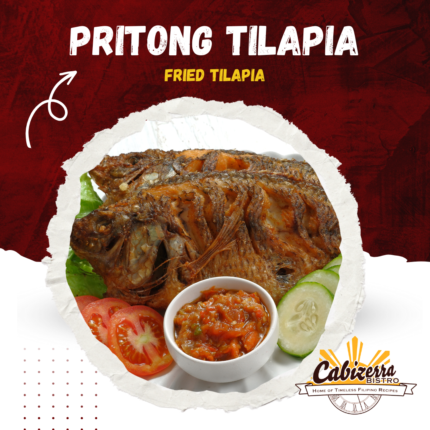
Reviews
There are no reviews yet.